Home>Technology>Smart Home Devices>Where To Put Paper In HP Printer 4100
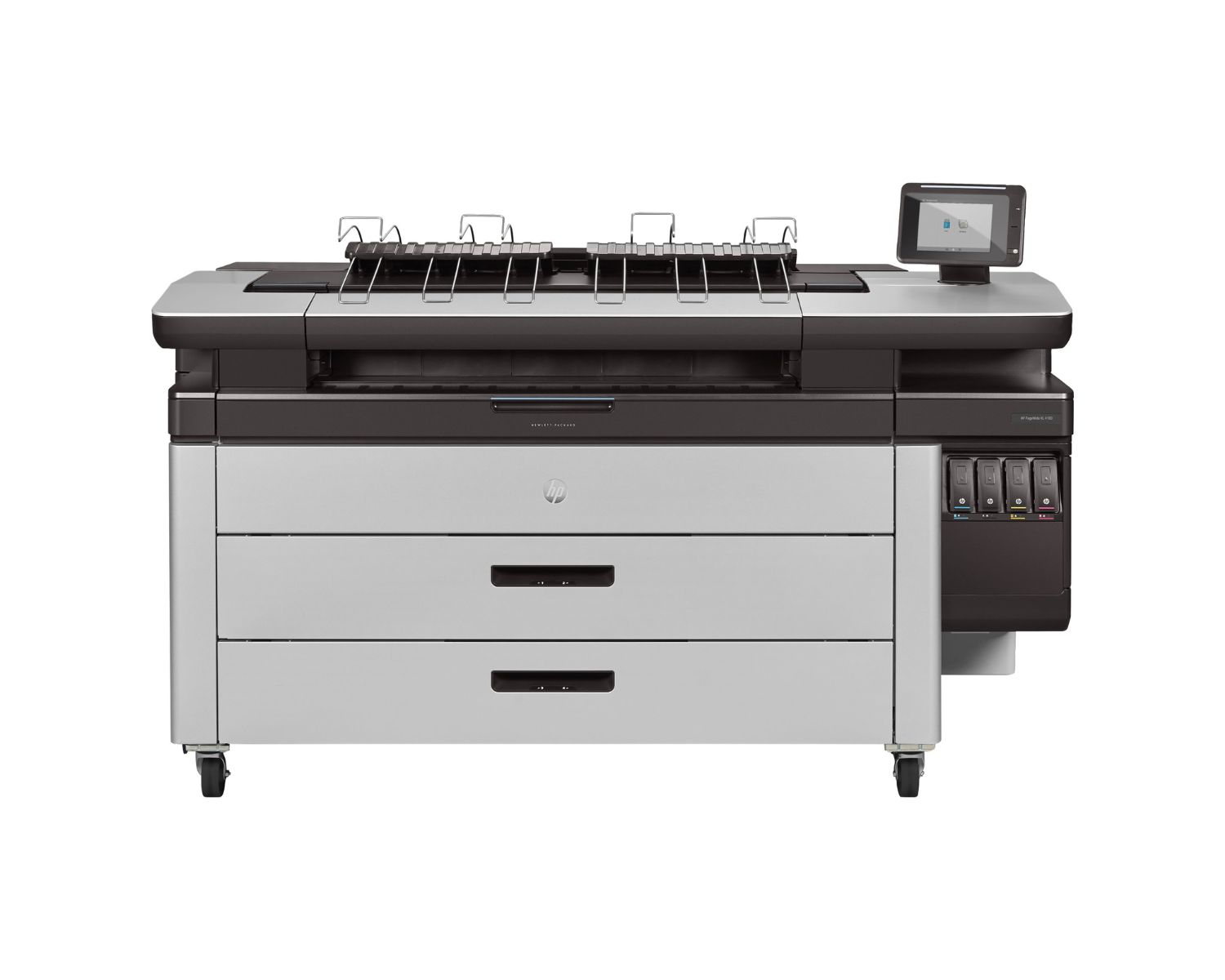

Smart Home Devices
Where To Put Paper In HP Printer 4100
Published: January 16, 2024
Discover the best placement for paper in your HP Printer 4100 for seamless printing. Explore our guide for smart home devices and streamline your setup today.
(Many of the links in this article redirect to a specific reviewed product. Your purchase of these products through affiliate links helps to generate commission for Storables.com, at no extra cost. Learn more)
Introduction
When it comes to printing documents, having the right paper in the right place is crucial for a smooth and efficient printing process. The HP Printer 4100 is a reliable and versatile device that offers multiple paper input options to accommodate various printing needs. Understanding where to put paper in an HP Printer 4100 is essential for ensuring that your printing tasks are executed seamlessly.
In this comprehensive guide, we will explore the different paper input options available on the HP Printer 4100 and provide detailed instructions on how to utilize each input tray effectively. Whether you need to load paper in the front tray, rear tray, or manual feed slot, this article will equip you with the knowledge to make the most of your HP Printer 4100's paper handling capabilities.
By the end of this guide, you will have a clear understanding of the various paper input methods available on the HP Printer 4100, empowering you to optimize your printing experience and achieve outstanding results with every print job. Let's dive into the details of each paper input option to unlock the full potential of your HP Printer 4100.
Key Takeaways:
- Load standard paper in the front tray, specialty paper in the rear tray, and custom paper in the manual feed slot of the HP Printer 4100 for efficient and precise printing.
- The HP Printer 4100 offers versatile paper input options to accommodate various printing needs, ensuring outstanding results with every print job.
Read more: How To Scan With HP 4100 Printer
Front Tray
The front tray of the HP Printer 4100 is a convenient and easily accessible paper input option designed to accommodate standard paper sizes for your printing needs. Loading paper into the front tray is a straightforward process that can be completed in a few simple steps.
To begin, locate the front tray of the HP Printer 4100. It is typically located at the front of the printer, below the output tray. The front tray is designed to hold a stack of paper, and it is important to ensure that the paper is properly aligned and not overloaded to prevent paper jams and printing errors.
When loading paper into the front tray, follow these steps:
- Open the front tray by gently pulling it towards you. This will provide access to the paper input area.
- Adjust the paper guides to match the width of the paper you are using. Proper alignment of the paper guides is essential for preventing paper misfeeds and ensuring accurate paper handling.
- Take a stack of paper and align it against the paper guides. Make sure the paper is not bent or creased, as this can lead to printing issues.
- Once the paper is aligned, gently push the front tray back into place. Ensure that it is securely closed to prevent any potential paper misfeeds during the printing process.
After successfully loading paper into the front tray, you are ready to initiate your print job. The HP Printer 4100 is equipped to detect the paper in the front tray automatically, allowing for seamless printing without the need for manual paper selection.
Utilizing the front tray for your everyday printing tasks ensures that your documents are handled with precision and efficiency, resulting in high-quality prints with every use. Whether you are printing reports, letters, or other standard documents, the front tray of the HP Printer 4100 provides a reliable paper input option to support your printing needs.
Next, we will explore the rear tray of the HP Printer 4100, offering an additional paper input option for versatile printing capabilities.
Rear Tray
The rear tray of the HP Printer 4100 serves as an alternative paper input option, offering versatility and flexibility for handling different paper types and sizes. Whether you need to print on specialty paper or envelopes, the rear tray provides a convenient solution for accommodating diverse printing requirements.
Locating the rear tray on the HP Printer 4100 is the first step in utilizing this paper input option effectively. The rear tray is typically situated at the back of the printer, providing easy access for loading paper without disrupting the front tray’s operations.
To load paper into the rear tray of the HP Printer 4100, follow these simple steps:
- Locate the rear tray and gently pull it down to open the paper input area. This action will provide access to the rear tray, allowing you to prepare the paper for loading.
- Adjust the rear tray guides to match the width of the paper you intend to use. Proper alignment of the guides is essential for ensuring that the paper is fed into the printer accurately.
- Take the stack of paper or the specialty paper/envelopes and align them against the rear tray guides. Ensure that the paper is positioned securely and does not exceed the maximum paper capacity of the rear tray.
- Once the paper is aligned, gently push the rear tray back into its original position. Ensure that it is securely closed to prevent any potential paper misfeeds during the printing process.
With the paper successfully loaded into the rear tray, you are ready to leverage this paper input option for your printing tasks. The HP Printer 4100 is designed to automatically detect the paper in the rear tray, streamlining the printing process without requiring manual intervention.
Whether you need to print on envelopes for professional correspondence or utilize specialty paper for creative projects, the rear tray of the HP Printer 4100 offers the flexibility to accommodate a wide range of printing needs. By leveraging the rear tray, you can achieve exceptional results with various paper types, expanding the capabilities of your HP Printer 4100 for diverse printing applications.
Next, we will explore the manual feed slot, providing an additional paper input option for specific printing requirements.
You can put paper in the HP Printer 4100 by opening the paper tray and adjusting the guides to fit the paper size. Make sure the paper is not wrinkled or curled to avoid jams.
Manual Feed Slot
The manual feed slot on the HP Printer 4100 is a valuable paper input option that caters to specific printing needs, such as printing on custom paper sizes, transparencies, or labels. This versatile feature enables users to manually feed individual sheets of paper into the printer, offering a convenient solution for handling specialized printing tasks.
Locating the manual feed slot on the HP Printer 4100 is the first step in utilizing this paper input option effectively. The manual feed slot is typically situated at the front of the printer, providing easy access for loading individual sheets of paper without disrupting the front and rear trays’ operations.
To use the manual feed slot on the HP Printer 4100, follow these straightforward steps:
- Identify the manual feed slot, which is typically a single-slot input located at the front of the printer. It is designed to accommodate individual sheets of paper or other specialty media for manual feeding.
- Adjust the guides of the manual feed slot to match the width of the paper or media you intend to use. Proper alignment of the guides is crucial for ensuring that the paper is fed into the printer accurately.
- Take a single sheet of paper or the specific media you wish to print on and insert it into the manual feed slot. Ensure that the paper is positioned securely and aligns with the guides to facilitate smooth feeding into the printer.
- Once the paper is inserted, the HP Printer 4100 is ready to process the manual feed job. The printer will prompt you to confirm the paper type and size before initiating the print job, ensuring that the manual feed process is seamlessly integrated into the printing workflow.
The manual feed slot offers a practical solution for handling unique printing requirements, allowing users to print on non-standard paper sizes or specialty media with precision and control. Whether you need to produce professional presentations, transparencies for visual aids, or labels for organizational purposes, the manual feed slot empowers you to achieve exceptional results for specialized printing applications.
By leveraging the manual feed slot on the HP Printer 4100, users can expand the printer’s capabilities to accommodate a diverse range of printing needs, demonstrating the versatility and adaptability of this reliable printing device.
With a comprehensive understanding of the front tray, rear tray, and manual feed slot, users can harness the full potential of the HP Printer 4100’s paper handling capabilities to achieve outstanding results with every print job.
Conclusion
Understanding where to put paper in an HP Printer 4100 is essential for optimizing the printing process and achieving exceptional results with every print job. The HP Printer 4100 offers multiple paper input options, including the front tray, rear tray, and manual feed slot, catering to a diverse range of printing needs and paper handling requirements.
By leveraging the front tray, users can easily load standard paper sizes for everyday printing tasks, ensuring that documents are handled with precision and efficiency. The front tray provides a convenient and accessible paper input option, streamlining the printing process for various document types.
Additionally, the rear tray offers versatility and flexibility, accommodating specialty paper, envelopes, and other non-standard paper types with ease. The rear tray’s ability to handle diverse paper sizes and media expands the HP Printer 4100’s capabilities, providing users with the flexibility to meet specific printing requirements.
Furthermore, the manual feed slot serves as a valuable feature for handling specialized printing tasks, allowing users to manually feed individual sheets of paper or specialty media into the printer. This capability empowers users to print on custom paper sizes, transparencies, and labels with precision and control, enhancing the printer’s adaptability for unique printing applications.
By mastering the paper input options available on the HP Printer 4100, users can optimize their printing experience and achieve outstanding results across a wide range of printing tasks. Whether it’s producing professional documents, creative projects, or specialized print materials, the HP Printer 4100’s paper handling capabilities provide the reliability and versatility needed for successful printing operations.
With a clear understanding of the front tray, rear tray, and manual feed slot, users can confidently utilize the HP Printer 4100’s paper input options to support their diverse printing needs, ensuring that every print job is executed seamlessly and with precision.
By following the guidelines outlined in this comprehensive guide, users can harness the full potential of the HP Printer 4100’s paper handling capabilities, unlocking a world of printing possibilities and achieving exceptional results with every print job.
Frequently Asked Questions about Where To Put Paper In HP Printer 4100
Was this page helpful?
At Storables.com, we guarantee accurate and reliable information. Our content, validated by Expert Board Contributors, is crafted following stringent Editorial Policies. We're committed to providing you with well-researched, expert-backed insights for all your informational needs.
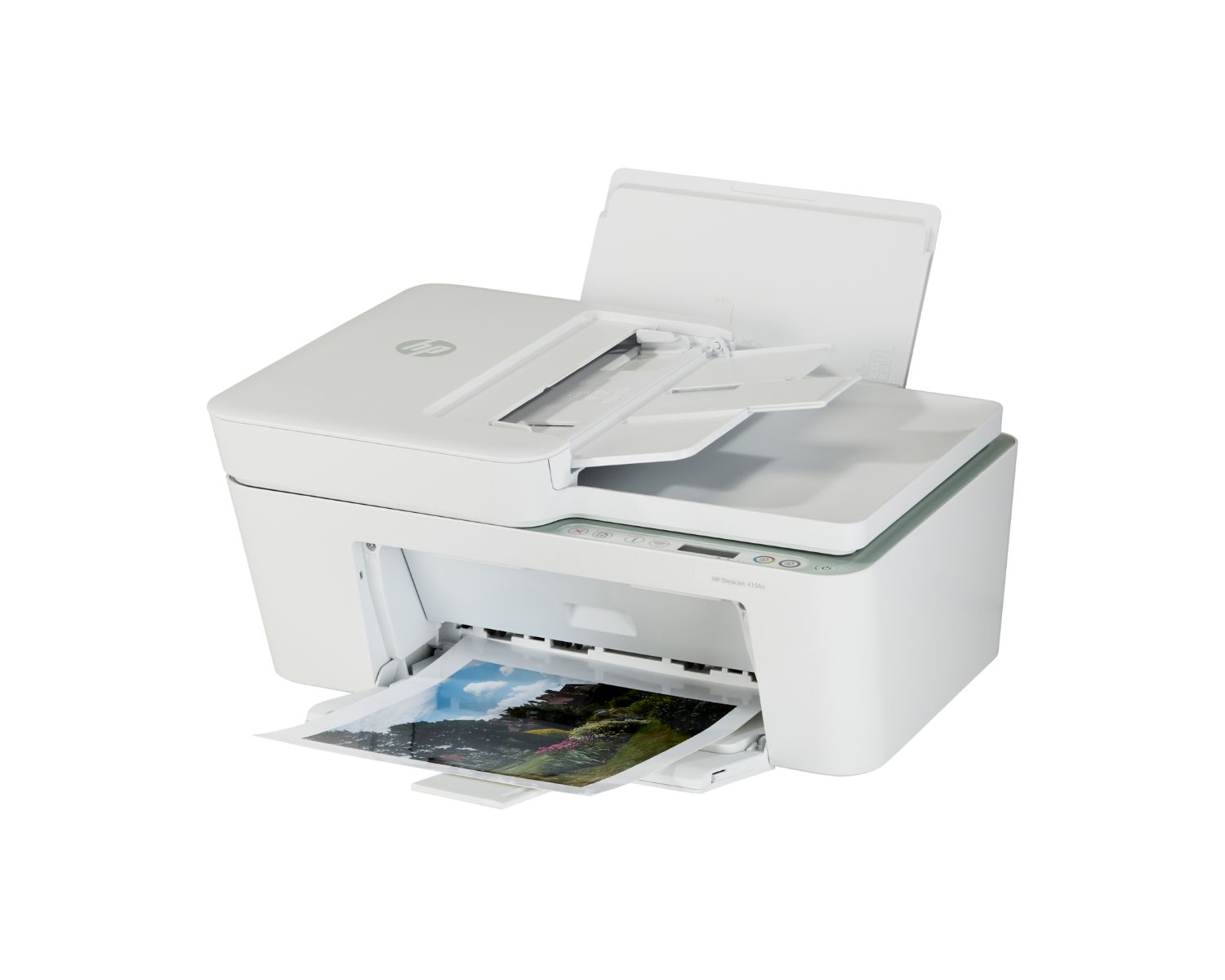
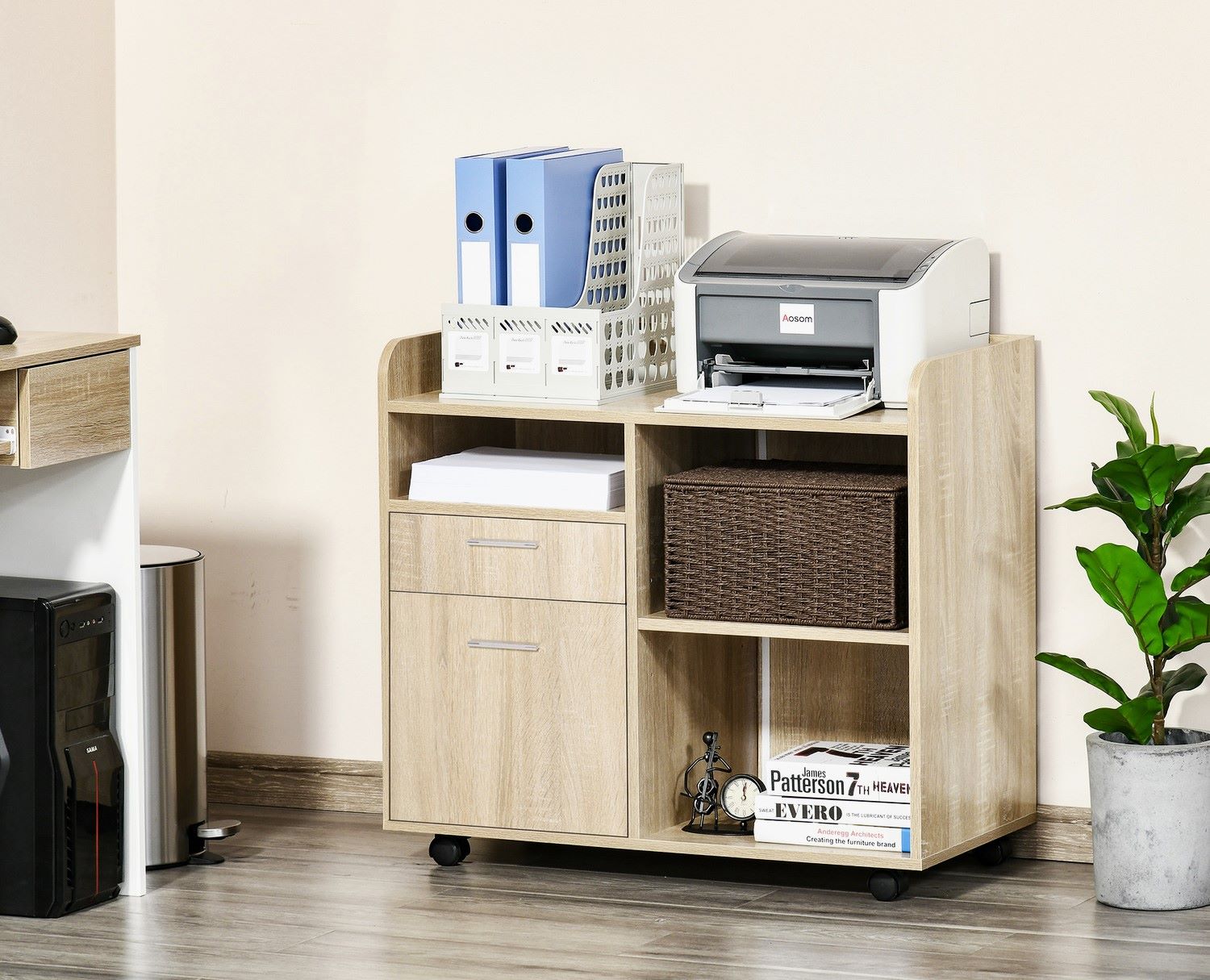
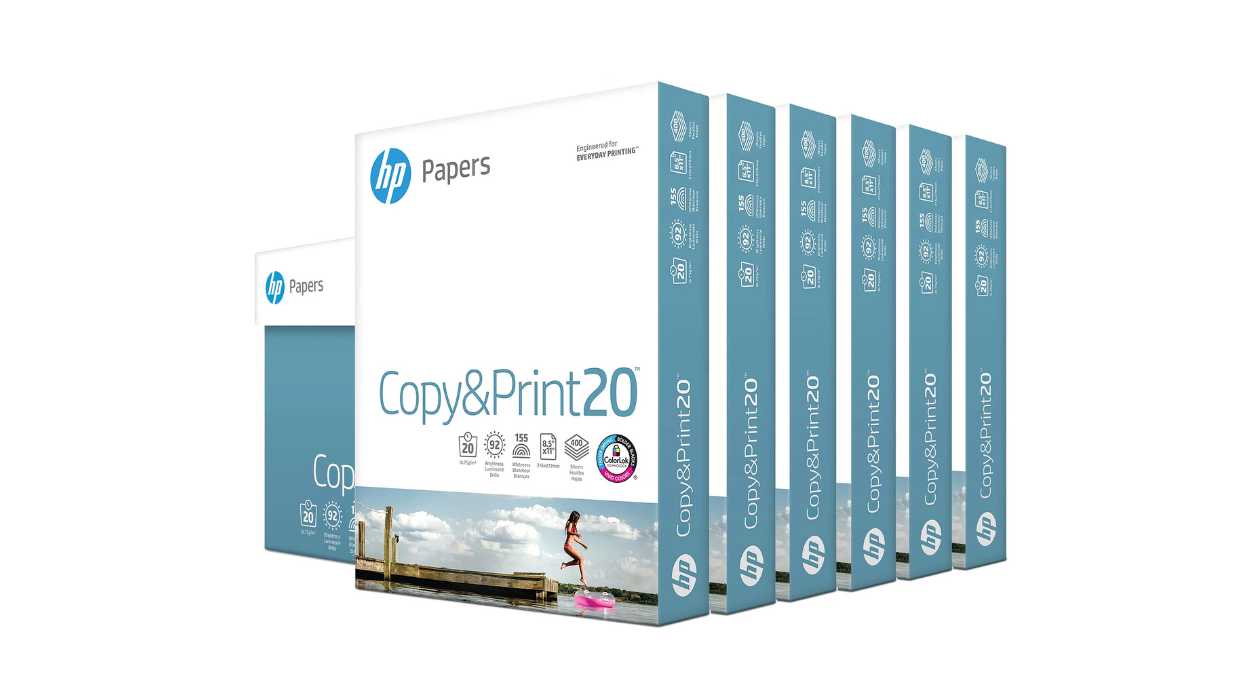
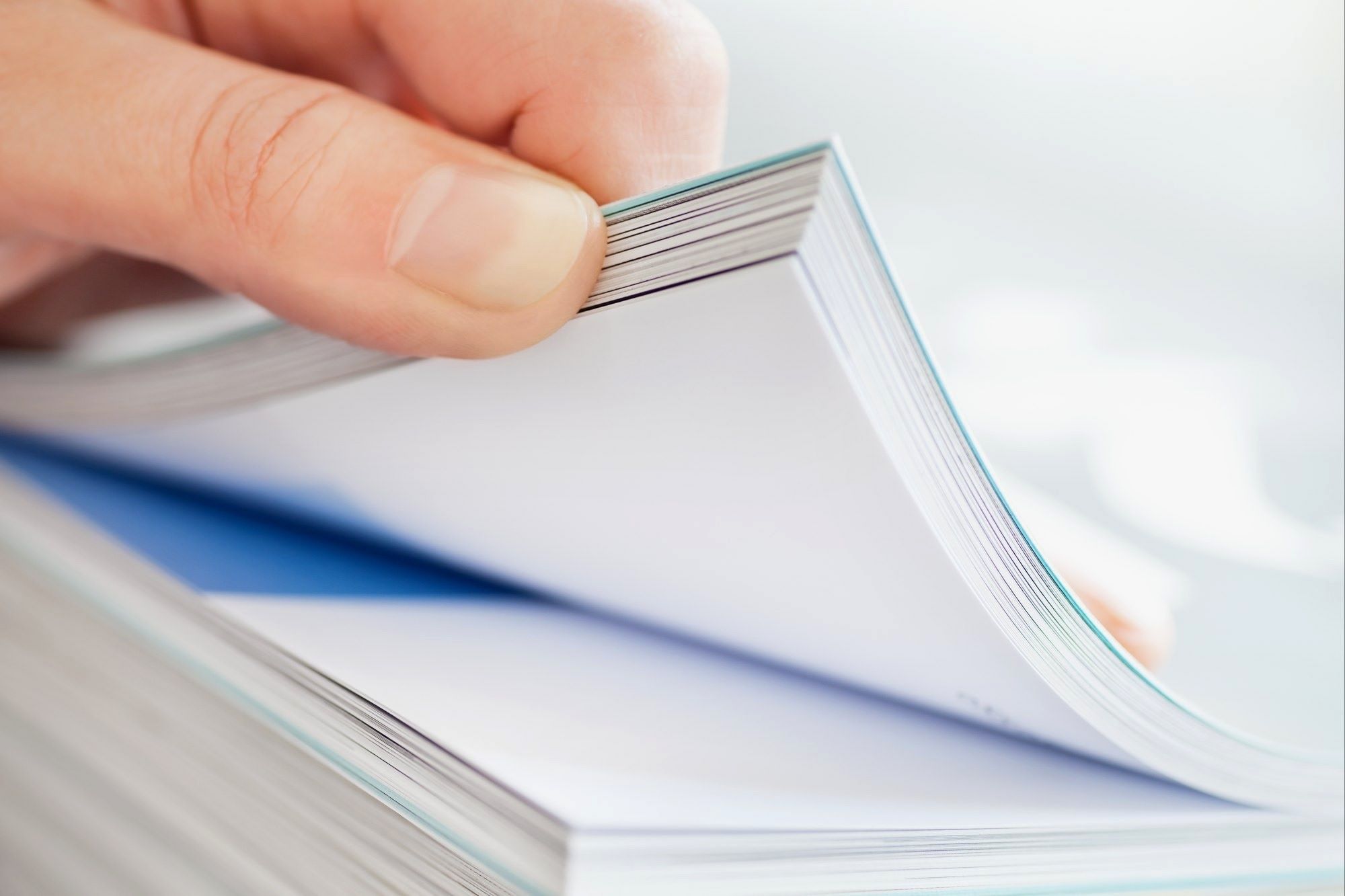
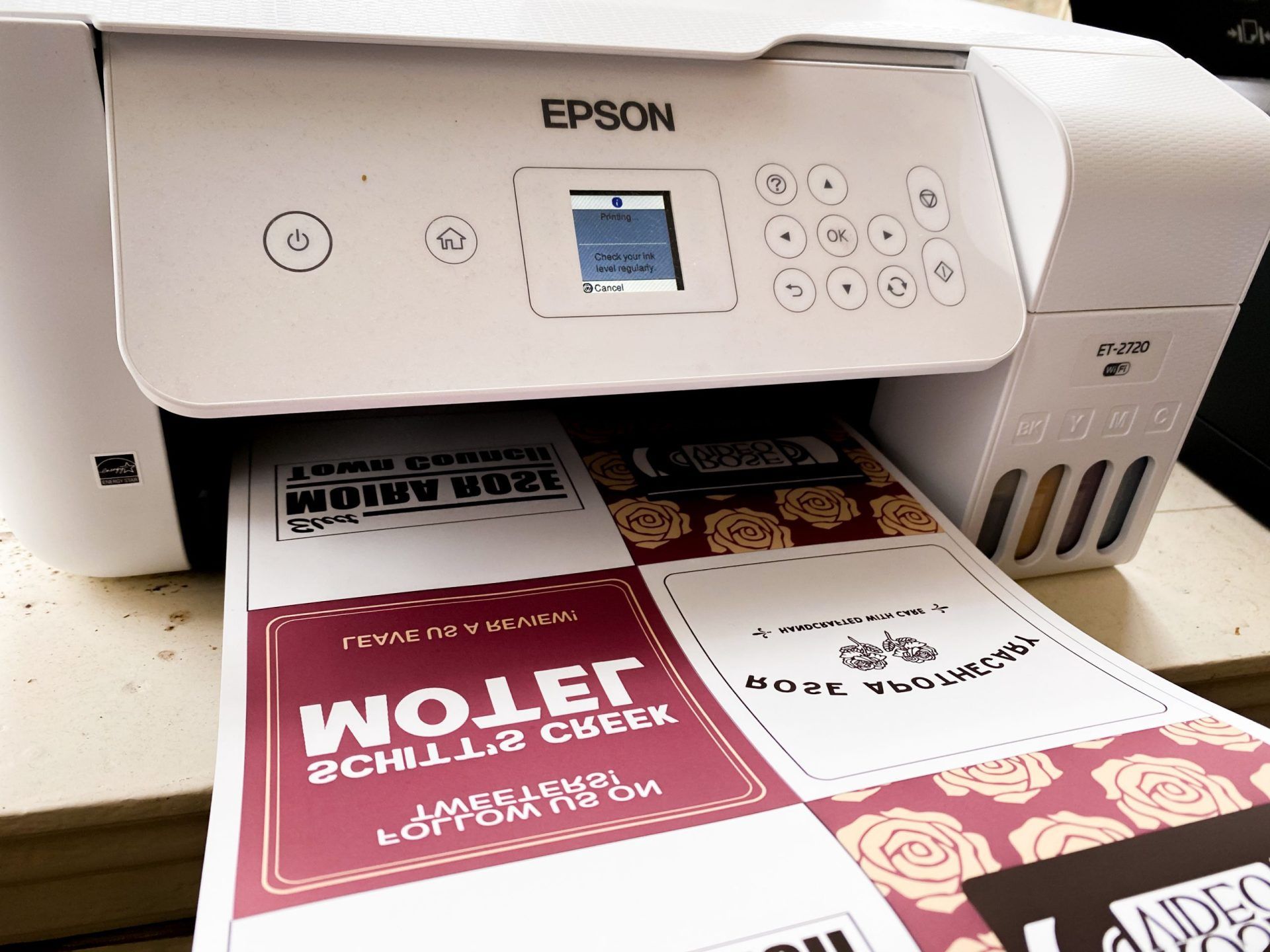
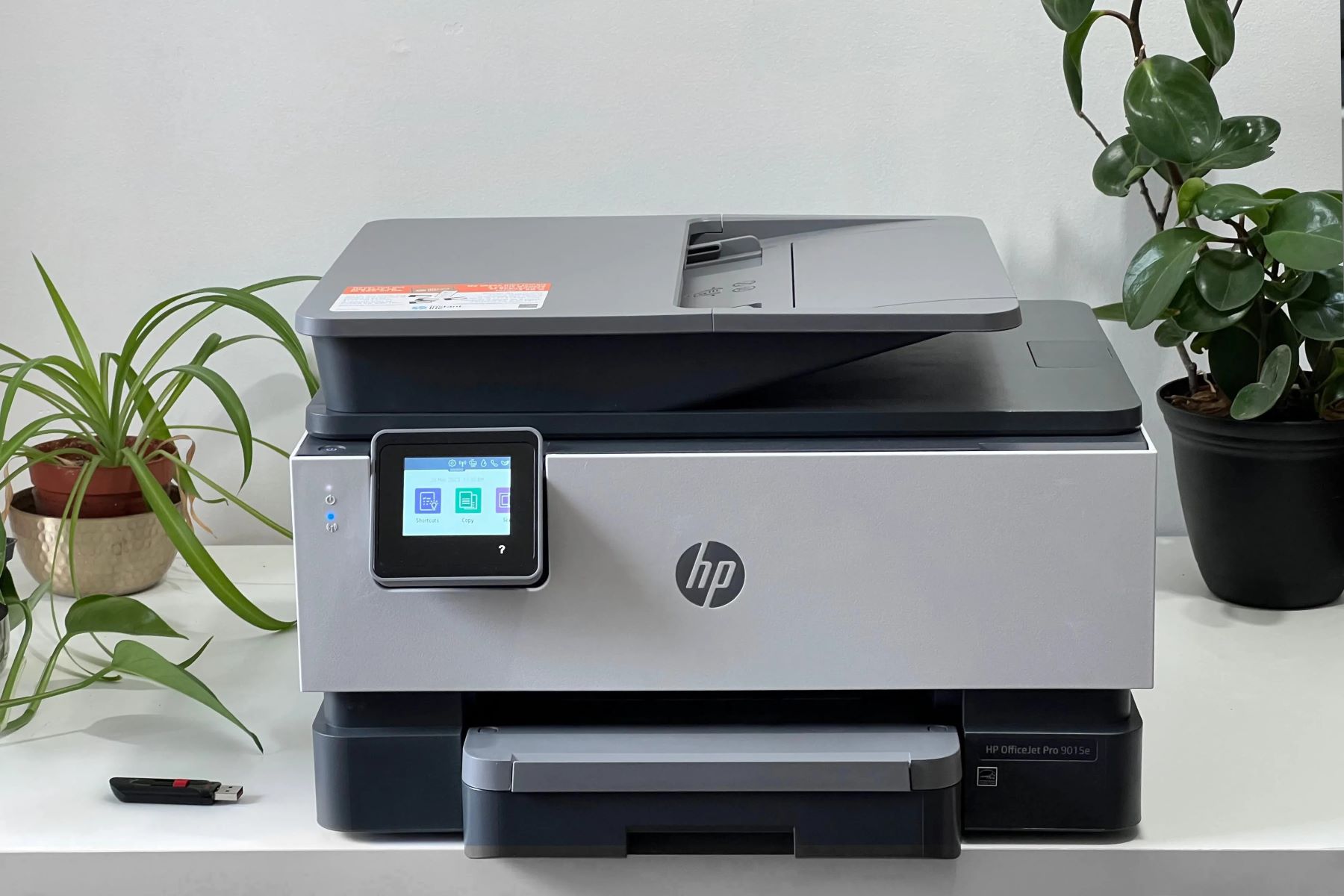
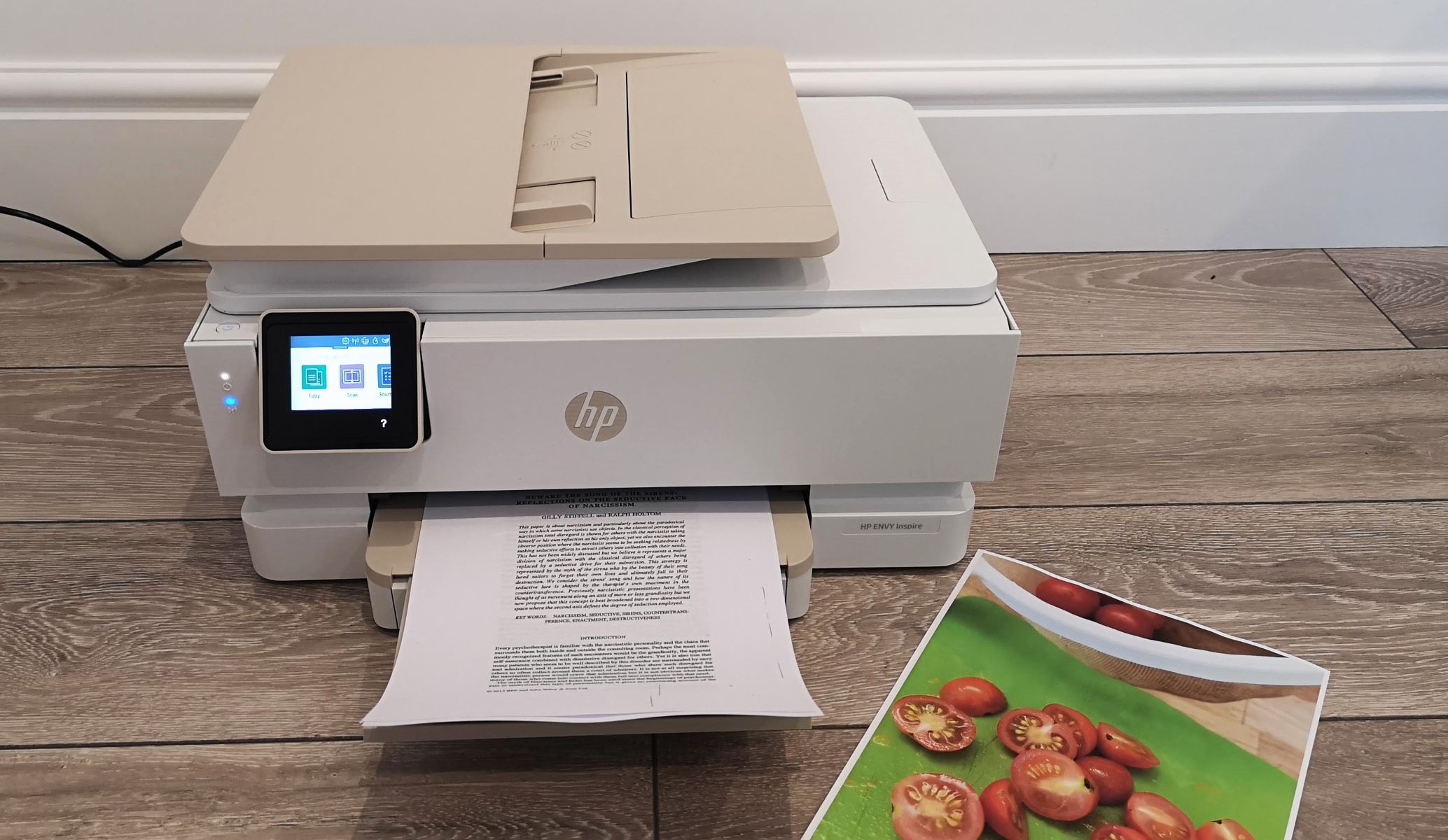
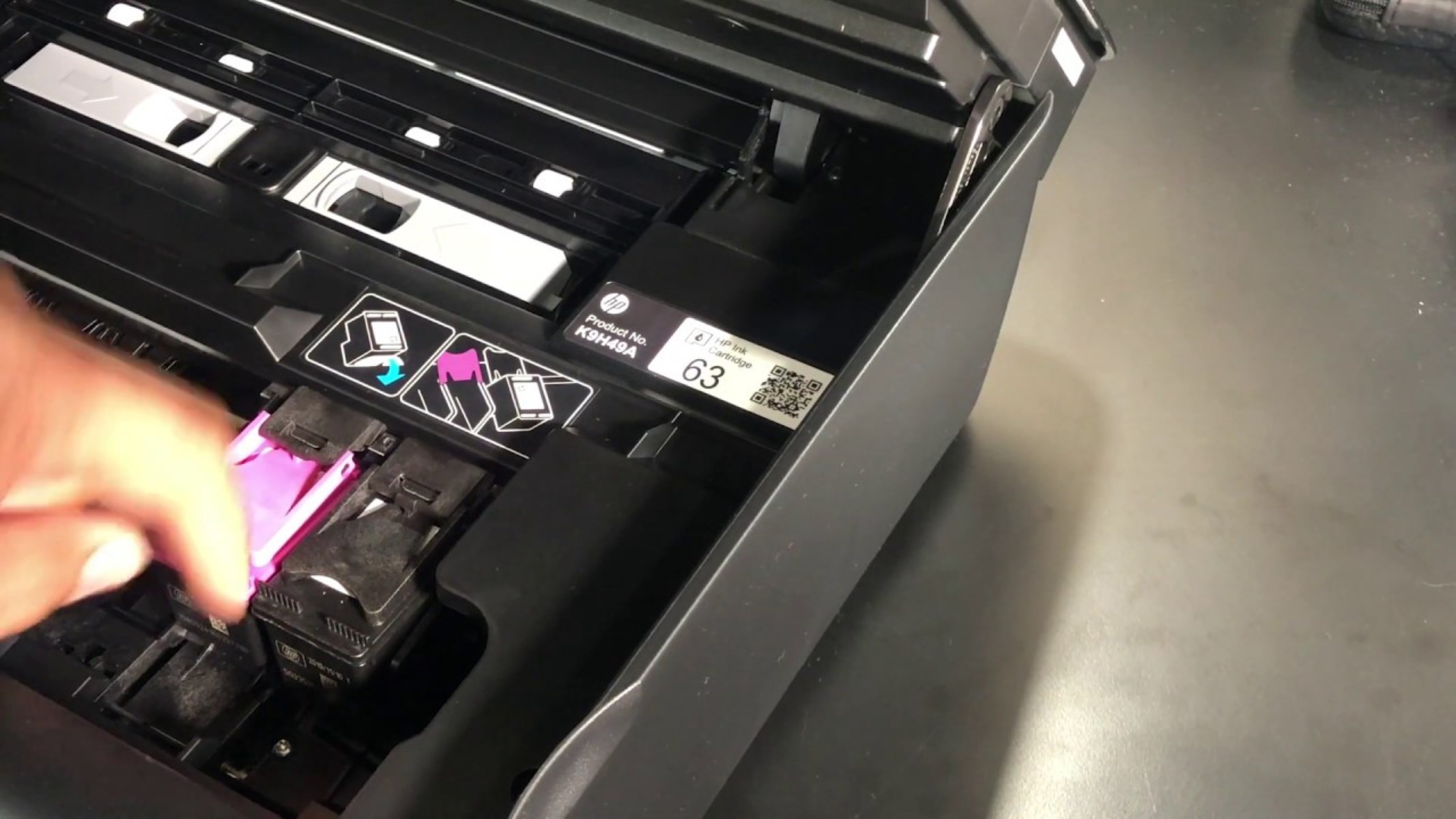
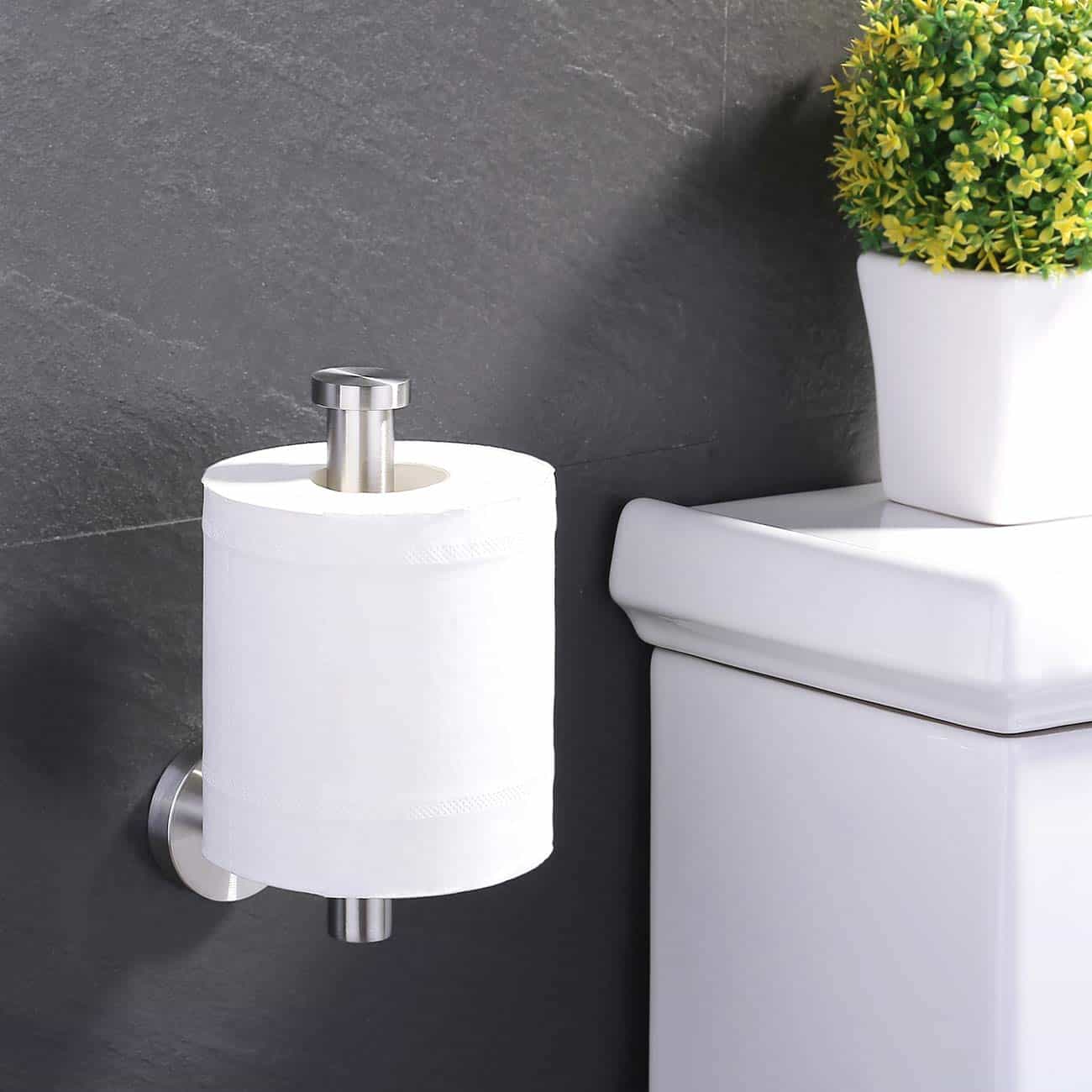
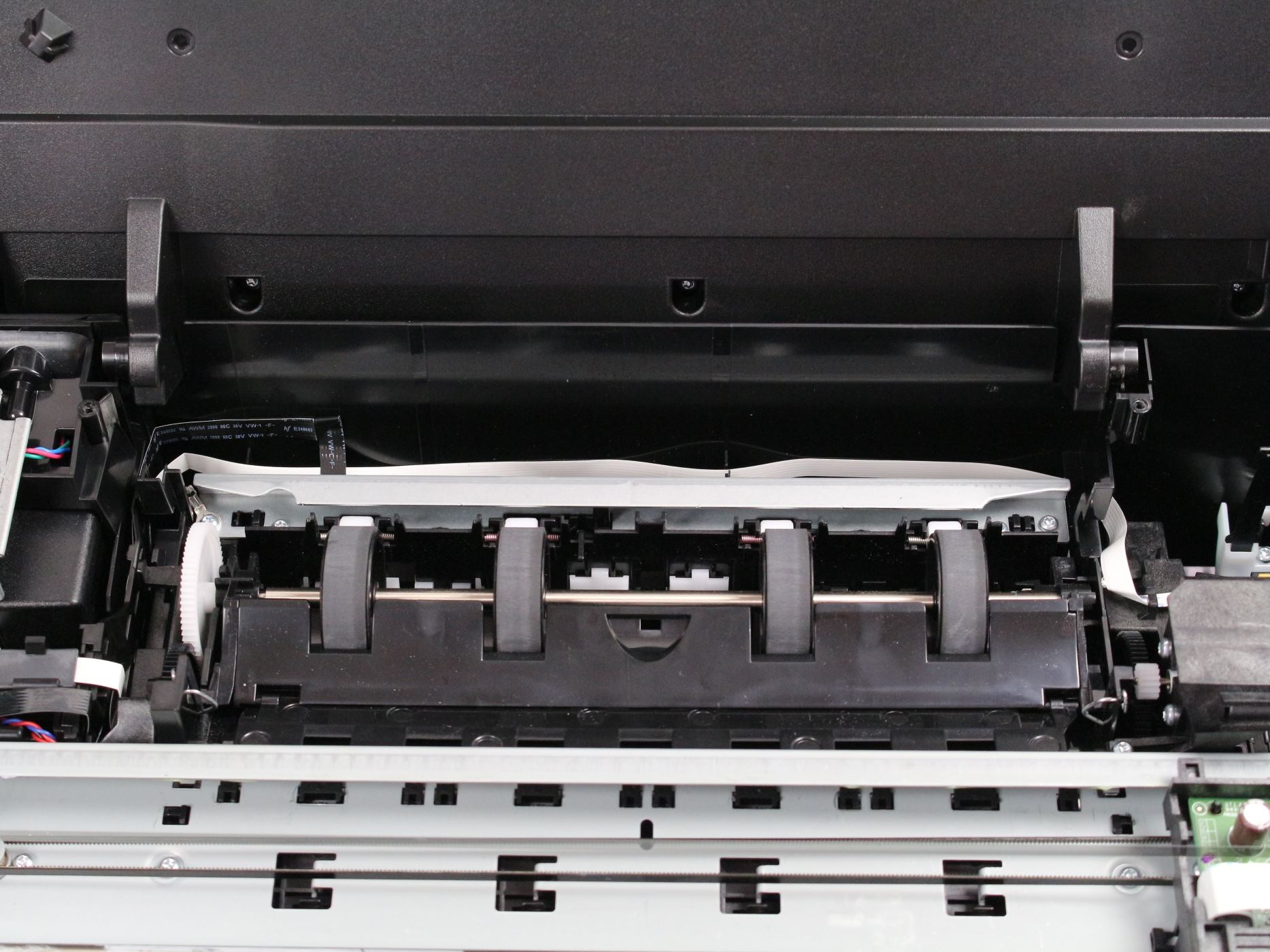
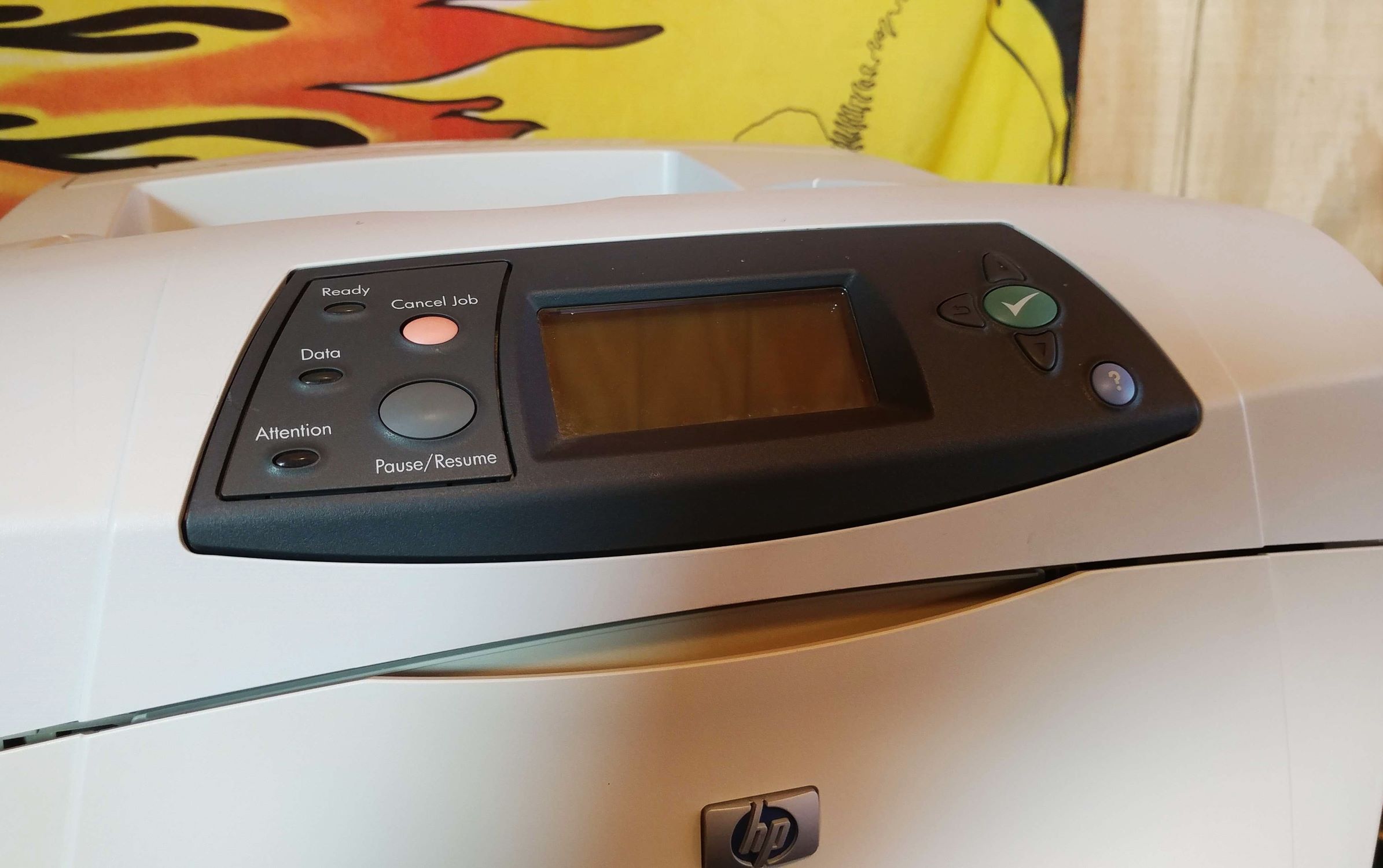
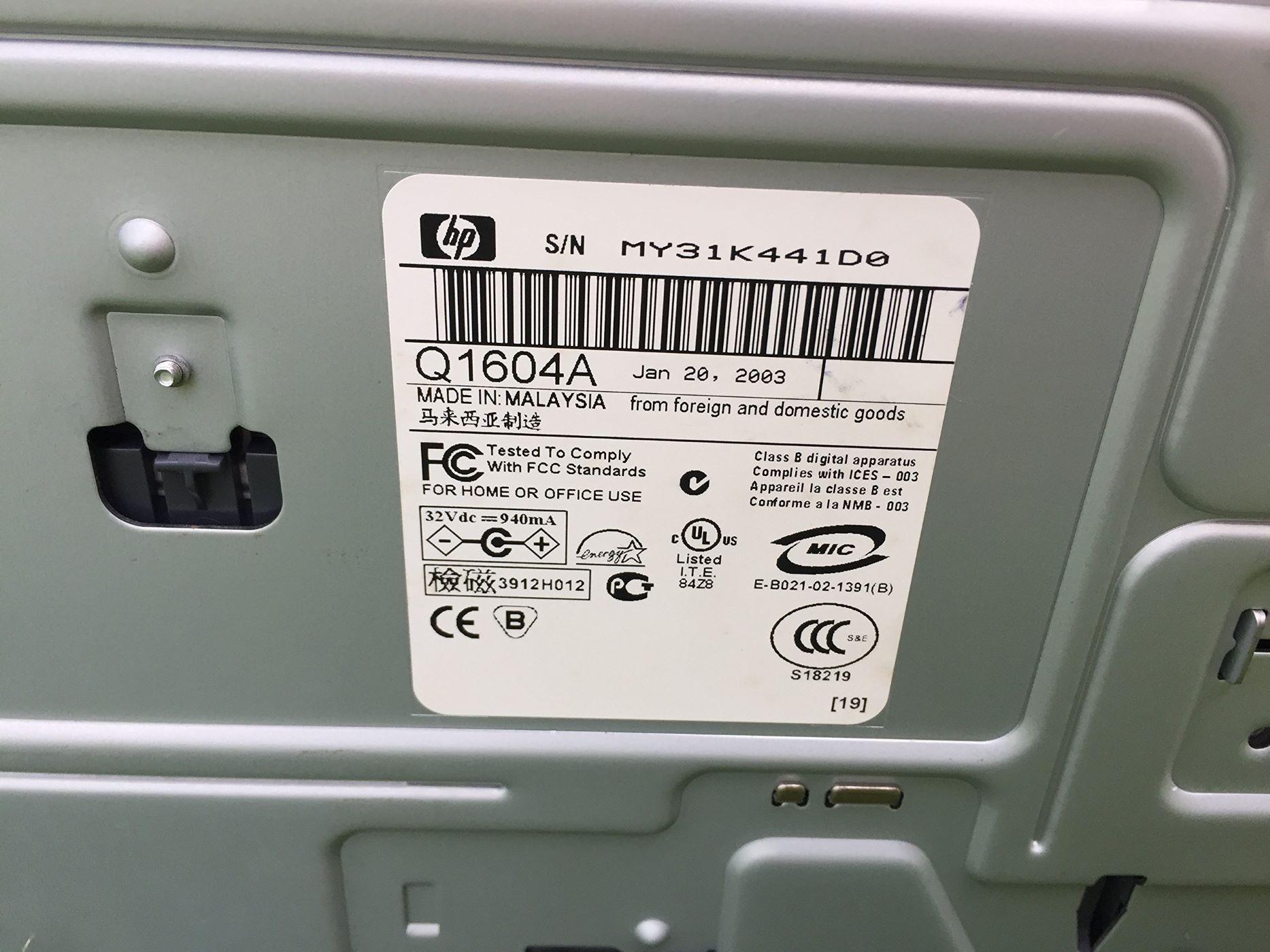
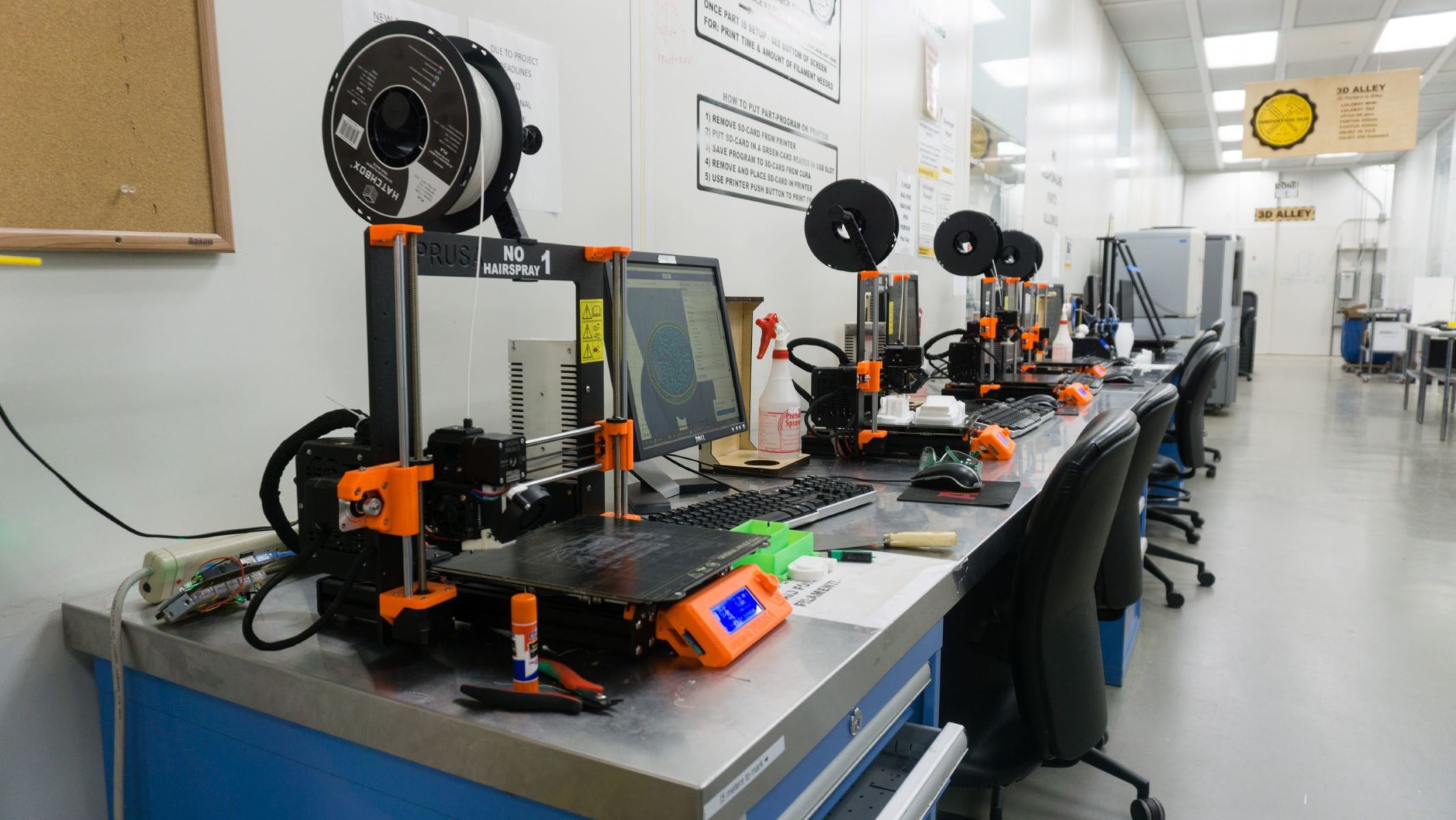
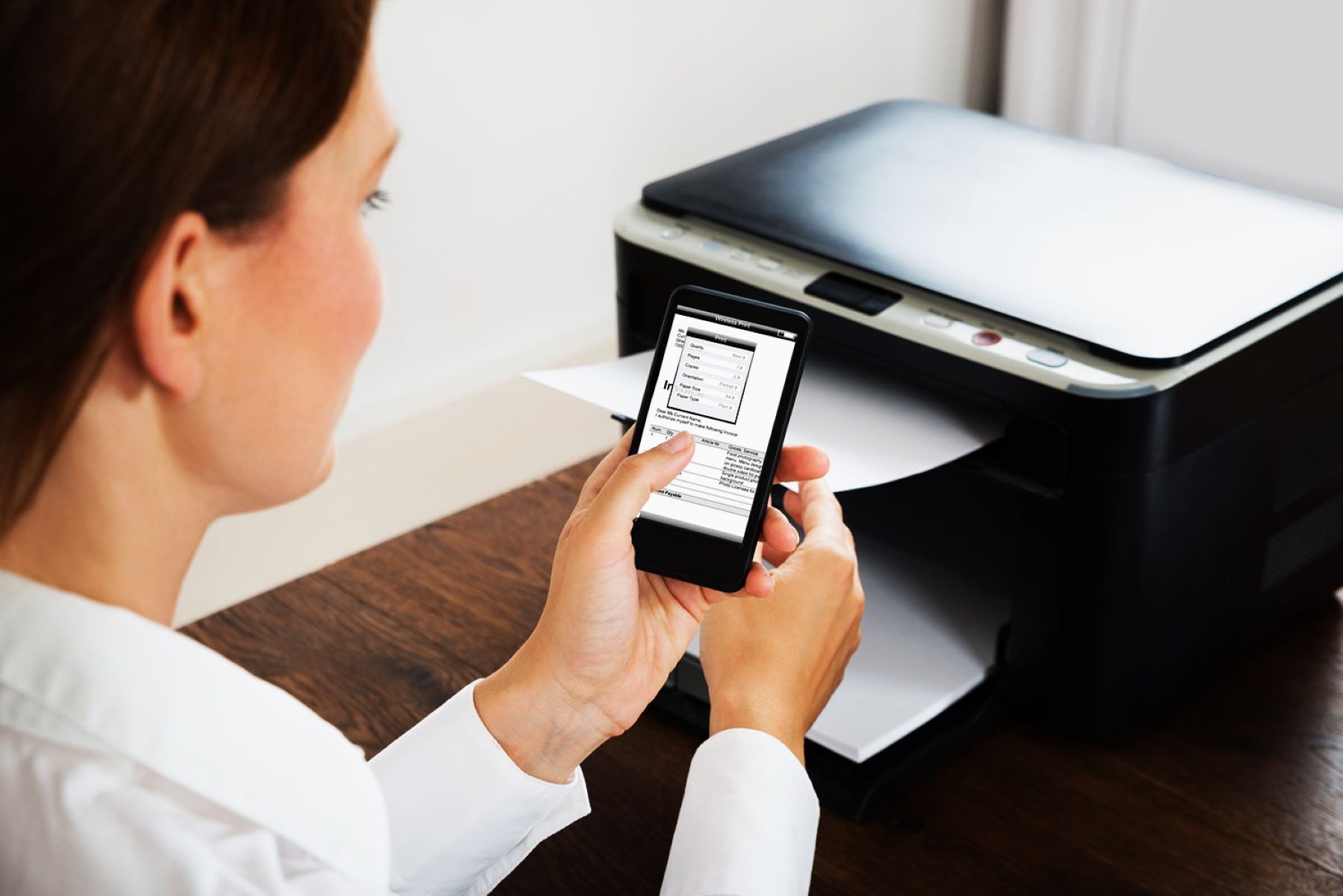

0 thoughts on “Where To Put Paper In HP Printer 4100”